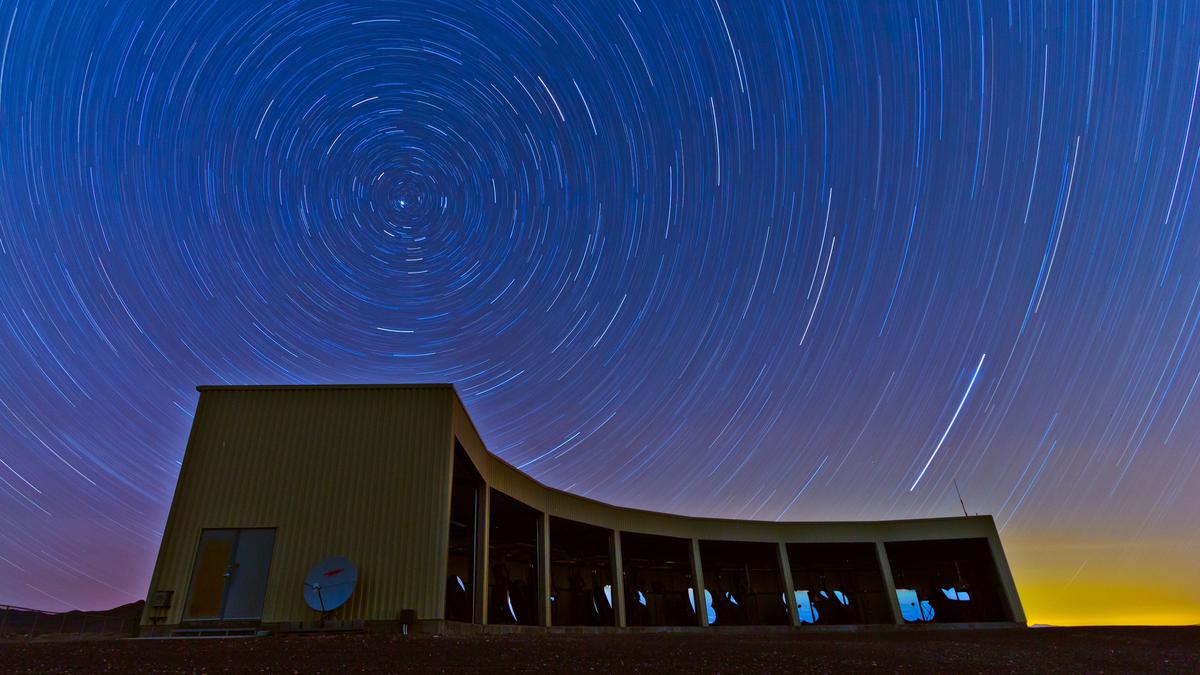
How a super-energetic particle from outer space could help physics | Explained Premium
The Hindu
The unusual properties of ‘Amaterasu’, the name given to the second highest energy cosmic ray ever found, could shake up physics.
When Japanese scientist Toshihiro Fujii discovered a very high energy cosmic-ray event in May 2021, he christened it ‘Amaterasu’. It turned out to be the second-highest-energy cosmic ray to be discovered – so it was apt that he had named it after the sun goddess in Japanese mythology.
According to a paper published in the journal Science in November, Dr. Fujii, an astronomer at Japan’s Osaka Metropolitan University, discovered the cosmic ray when analysing data collected between May 2008 and November 2021 by the Telescope Array Project in the U.S.
Cosmic rays are streams of energetic particles and clusters of particles coming from outer space and the sun. They include protons and alpha particles (nuclei of helium atoms). Only low-intensity cosmic rays reach the earth’s surface. Their energy is mostly lost in the atmosphere itself, as they smash into atoms of the atmospheric gases and produce a shower of other particles. Otherwise life wouldn’t have been possible on the earth.
From the 1930s, studies of cosmic rays led scientists to discover many then-unknown subatomic particles. Yet the sources of cosmic rays and the reason they’re so energetic remain a mystery even 86 years after their discovery.
Data collected by the Telescope Array Project indicated the Amaterasu cosmic ray had an energy of 240 exa-electron-volt (EeV). The electron-volt (eV) is a unit of energy, like joules, used to measure the energy of subatomic particles. The energy of 1 eV is approximately 1.6 × 10-19 joules. One joule is the energy required to light a one-watt bulb for one second. It is easy to see how small this amount is when we realise a lamp we use at night uses about 15 J per second, or about 0.004 J/s.
The light-particles in sunlight have an energy of about 1.6-3.1 eV, for example. When one deuterium nucleus and one tritium nucleus undergo fusion, they release one helium atom, one neutron, and 17.6 million eV of energy. The mass-energy of a single Higgs boson particle, which is considered ‘heavy’, is 125.1 billion eV.
Cosmic rays typically range in energy from about one billion eV to about 100 billion billion eV. The Amaterasu cosmic ray had an energy of 240 EeV – or 240 billion billion eV. This is extremely high.

Climate scientists and advocates long held an optimistic belief that once impacts became undeniable, people and governments would act. This overestimated our collective response capacity while underestimating our psychological tendency to normalise, says Rachit Dubey, assistant professor at the department of communication, University of California.







